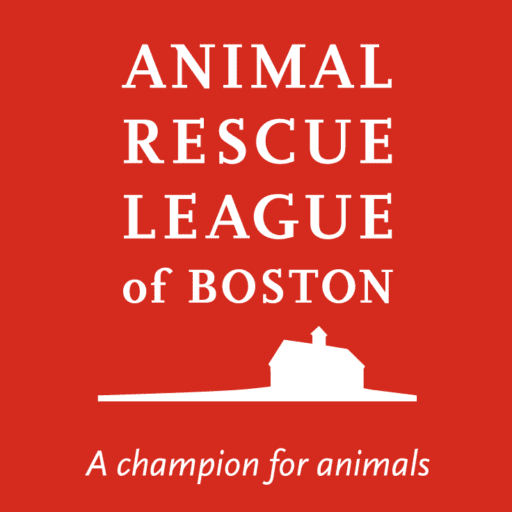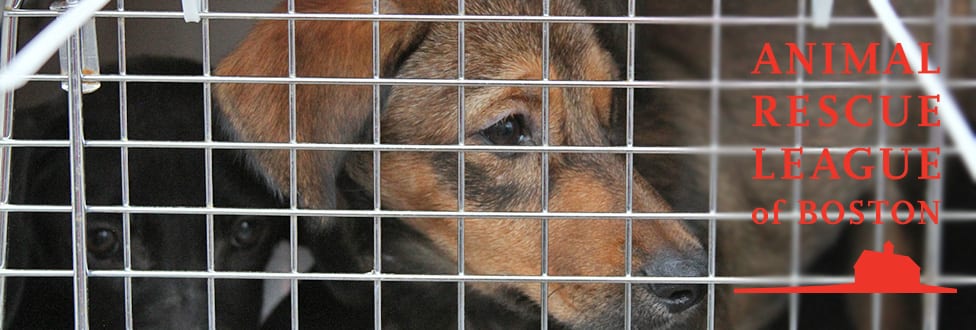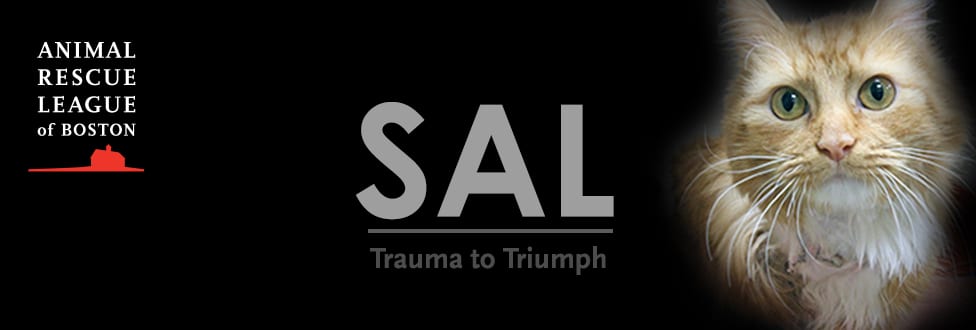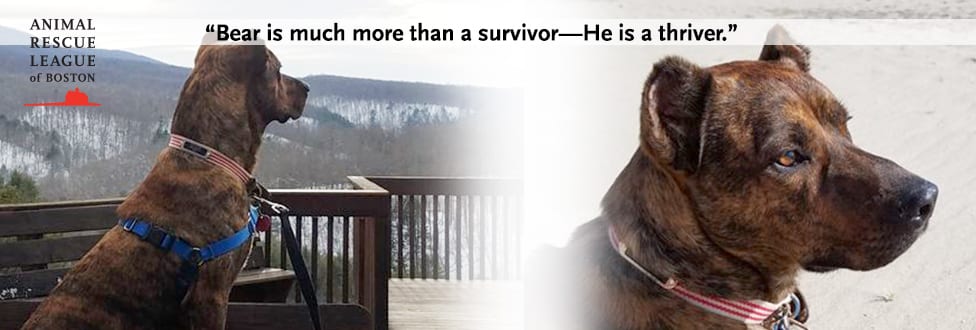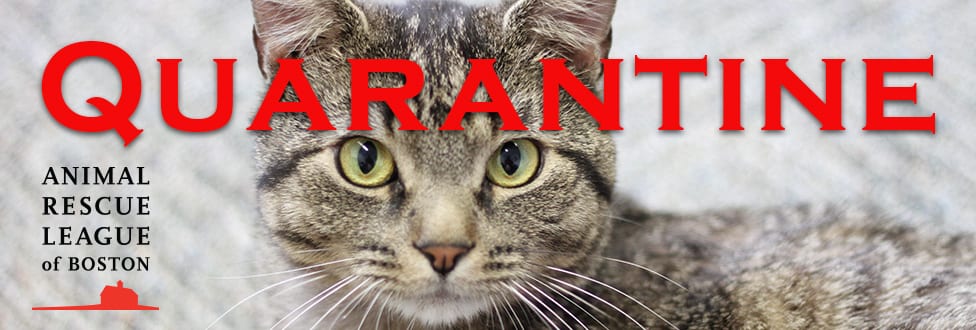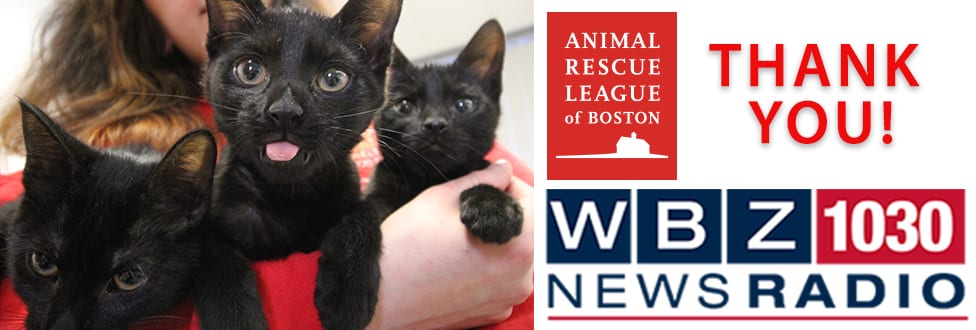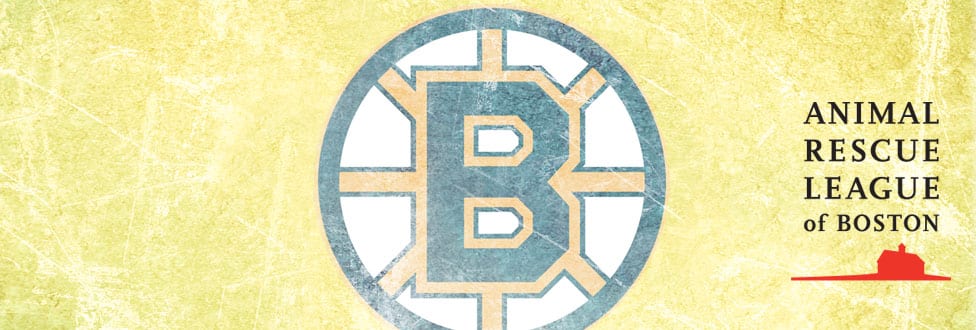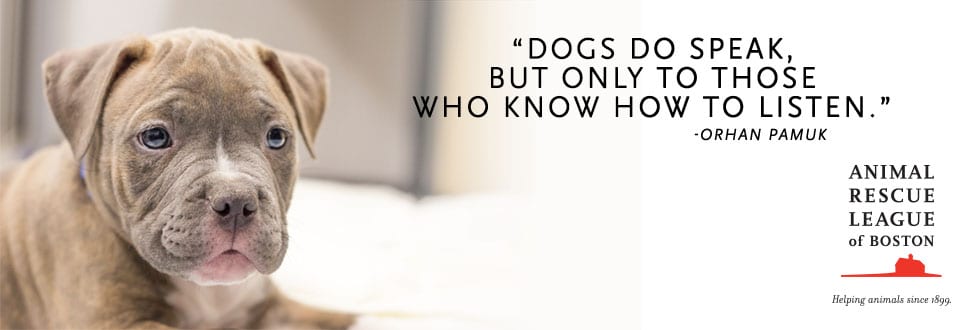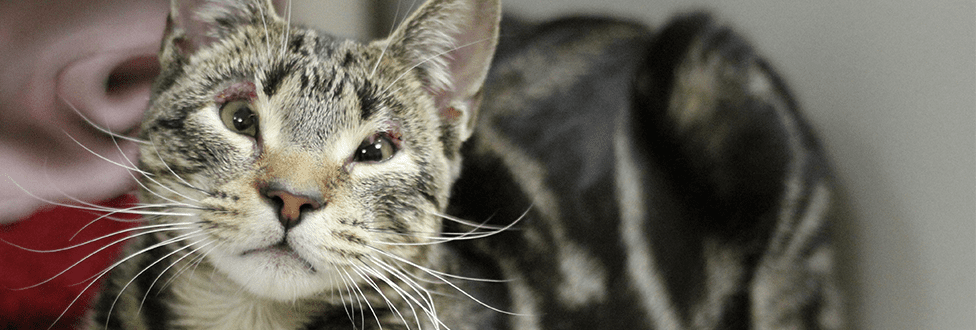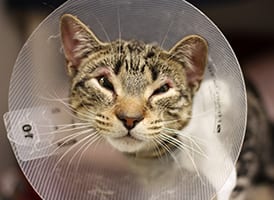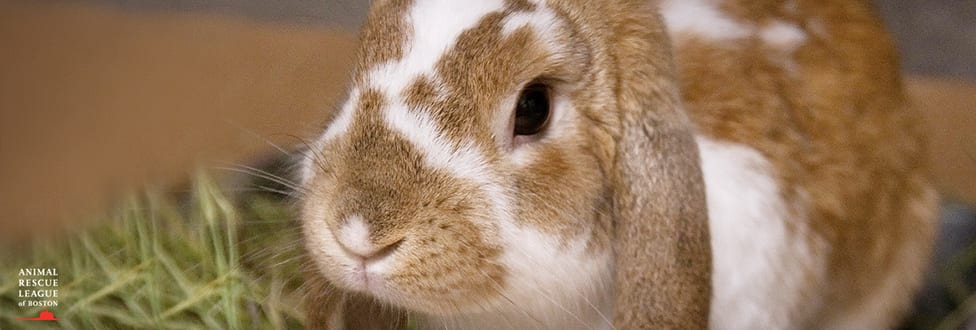ARL Teams Up with Puerto Rico Dog Rescue Organization
10 Puppies to find Forever Homes
This week the Animal Rescue League of Boston partnered with Puerto Rico-based All Sato Rescue, transporting 10 puppies from the U.S. territory island to Boston.
It was quite a journey for the puppies, as weather and mechanical issues delayed their arrival into Logan International Airport, but despite the delays, once on the ground the puppies put on a cuteness display for local media, showing their personalities and putting smiles on the faces of anyone in the vicinity.
The pups are now in a mandatory 48-hour quarantine period, and will be checked by ARL shelter veterinary staff to ensure the puppies are ready to go home. Click here to see video of the puppies getting their first glimpse of Boston!
Why Puerto Rico?
“Sato” is a slang term in Puerto Rico for a mixed-breed dog — or mutt. All Sato Rescue is dedicated to finding these forgotten dogs homes and estimates there may be more than 100,000 stray and abandoned dogs on the island, and shelters are simply overwhelmed. Lack of spay and neuter programs and economic hardship are some of the reasons that account for the staggering number of homeless animals on the island.
Here in the Northeast, spay and neuter programs and public awareness campaigns are extremely effective and there is a strong demand for puppies, which allows ARL to broaden its reach to help animals in need. By partnering with organizations like All Sato Rescue, ARL is able to find these puppies loving homes, while at the same time help free up space for other homeless animals on the island.
Saving Lives
ARL is committed to helping animals in need, and remember that when you adopt you save not one but two lives — the animal you adopt and the animal that can take its place. Whether it’s a puppy, an adult dog, cat or small animal, ARL’s staff and volunteers at its Boston, Dedham, and Brewster Animal Care & Adoption Centers are there to answer your questions to ensure that the life you save is the right animal for you and your family.
